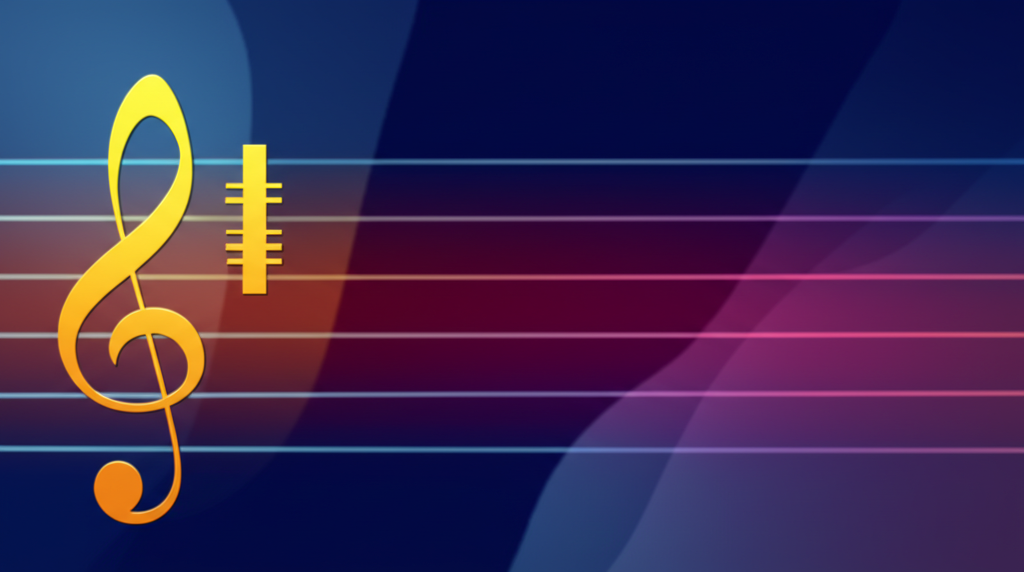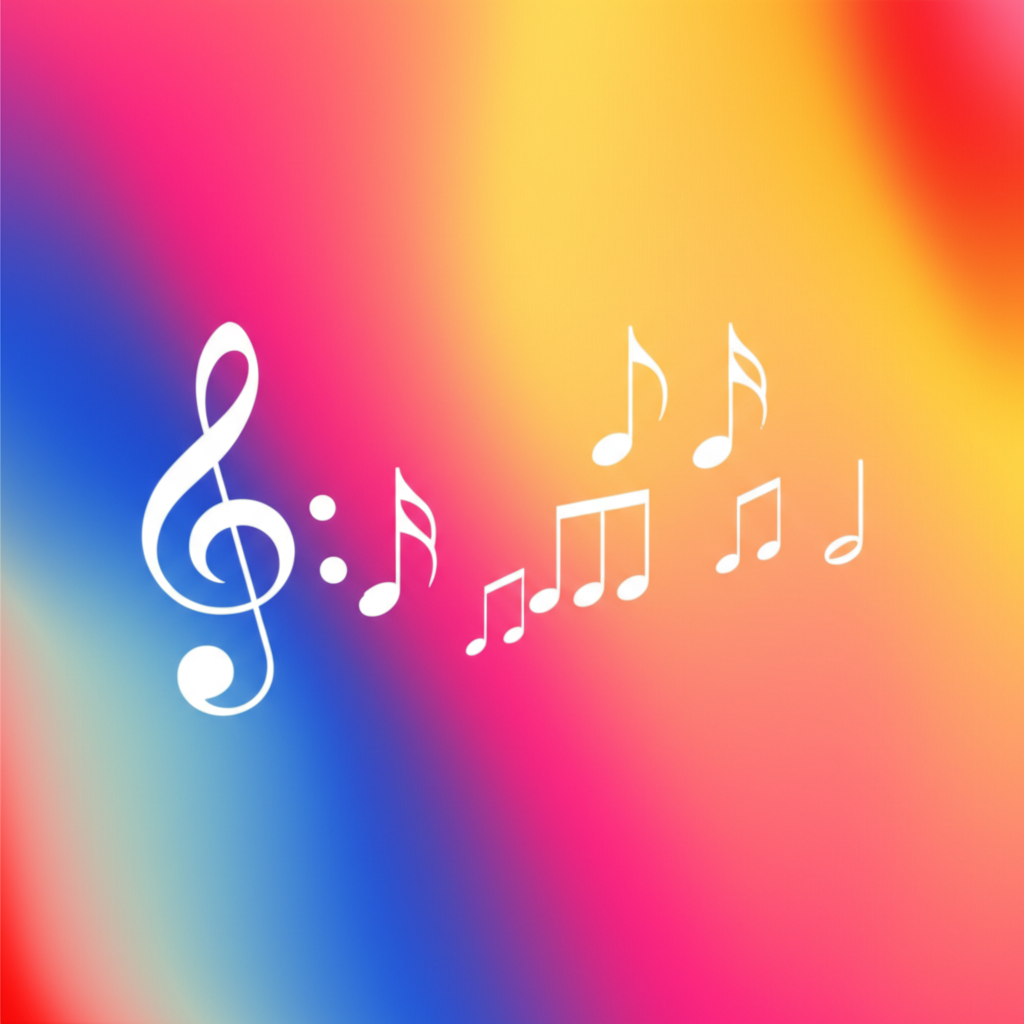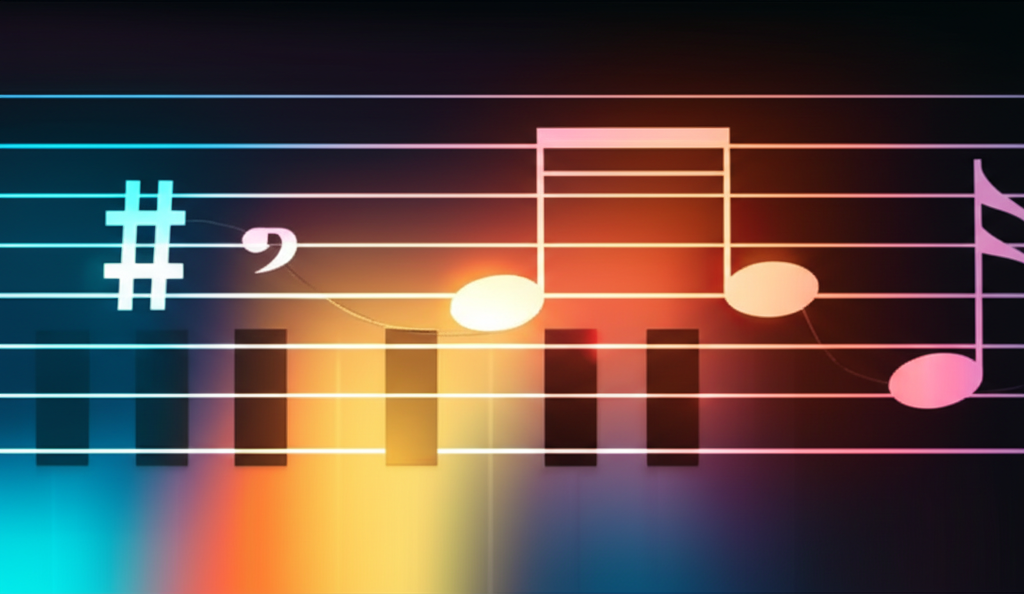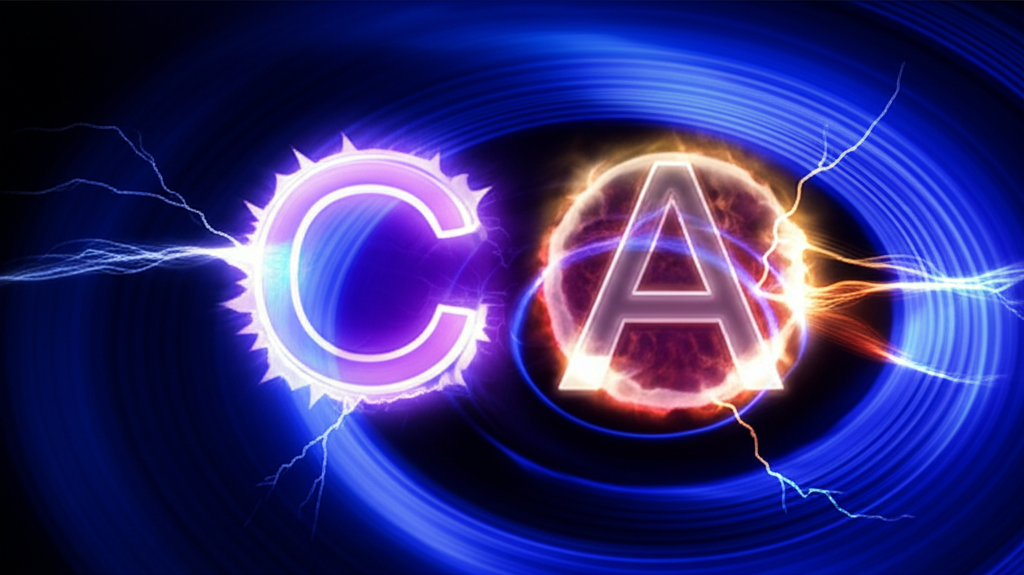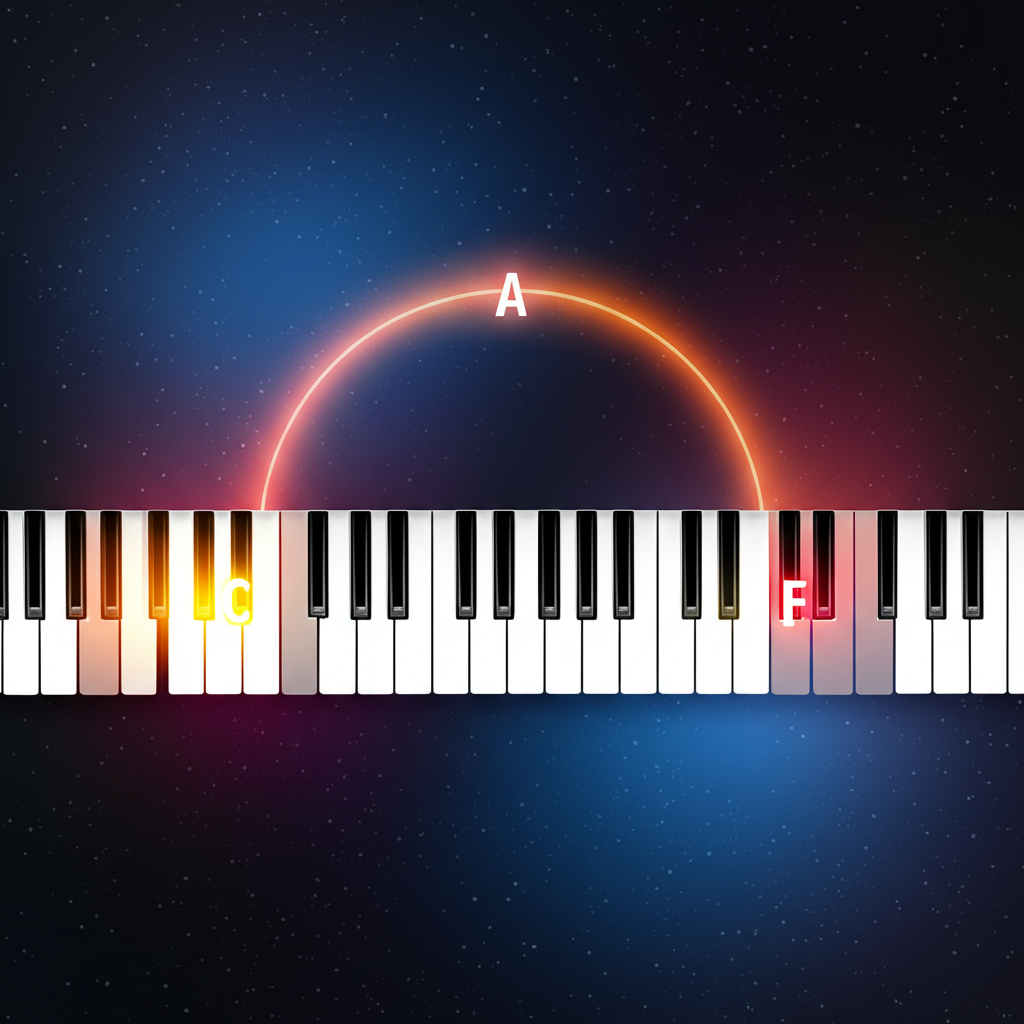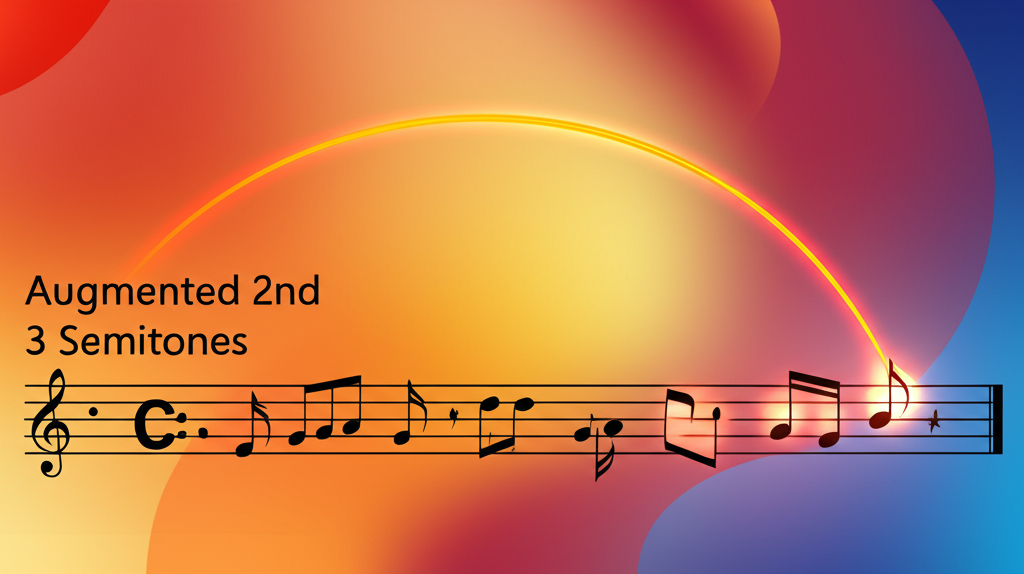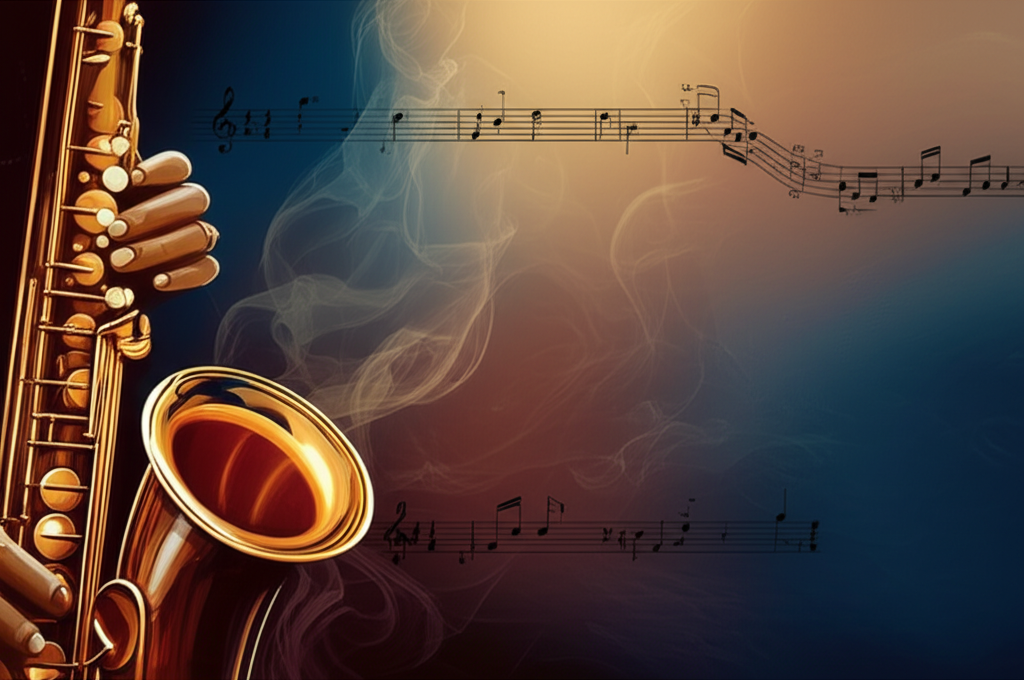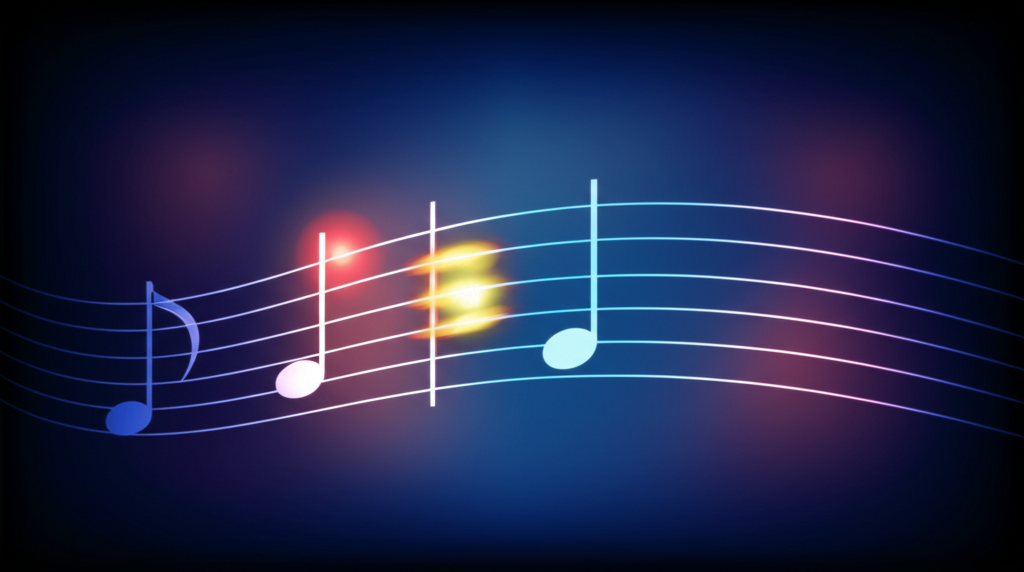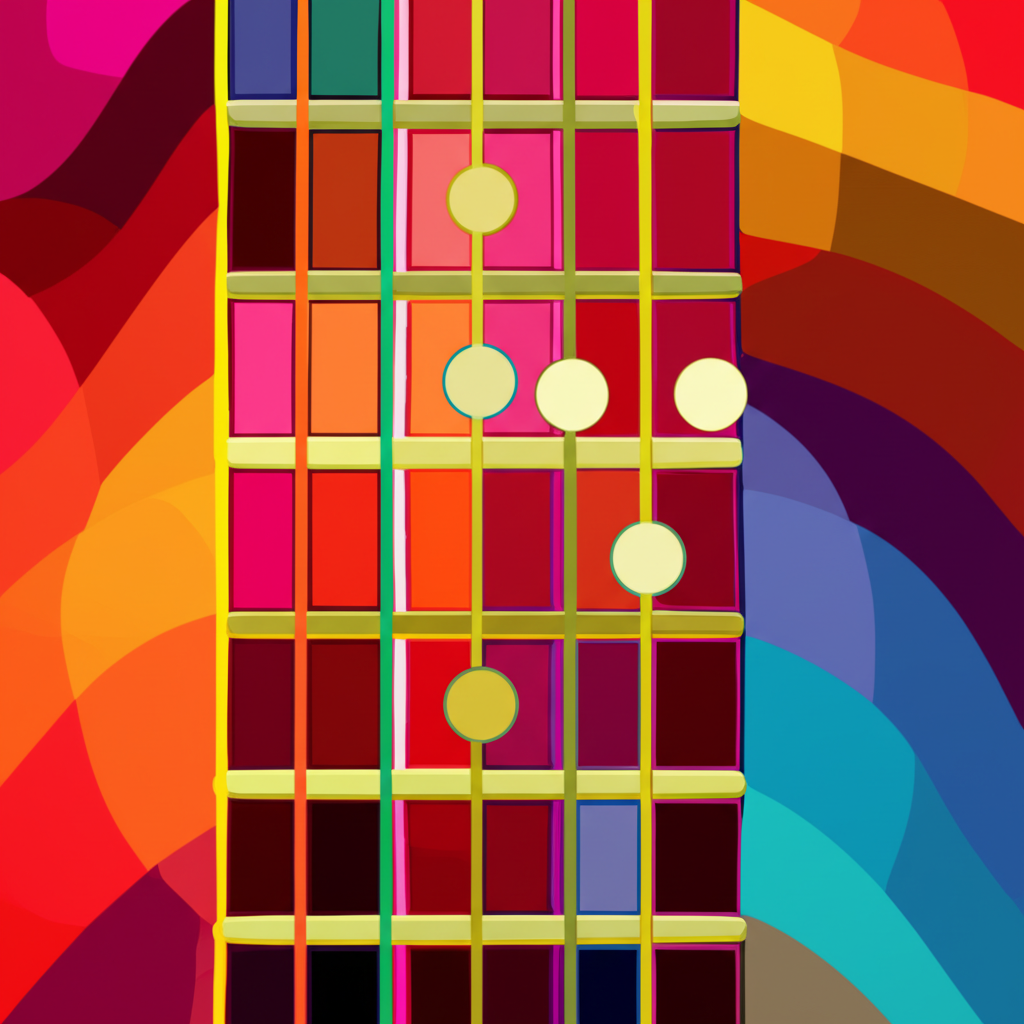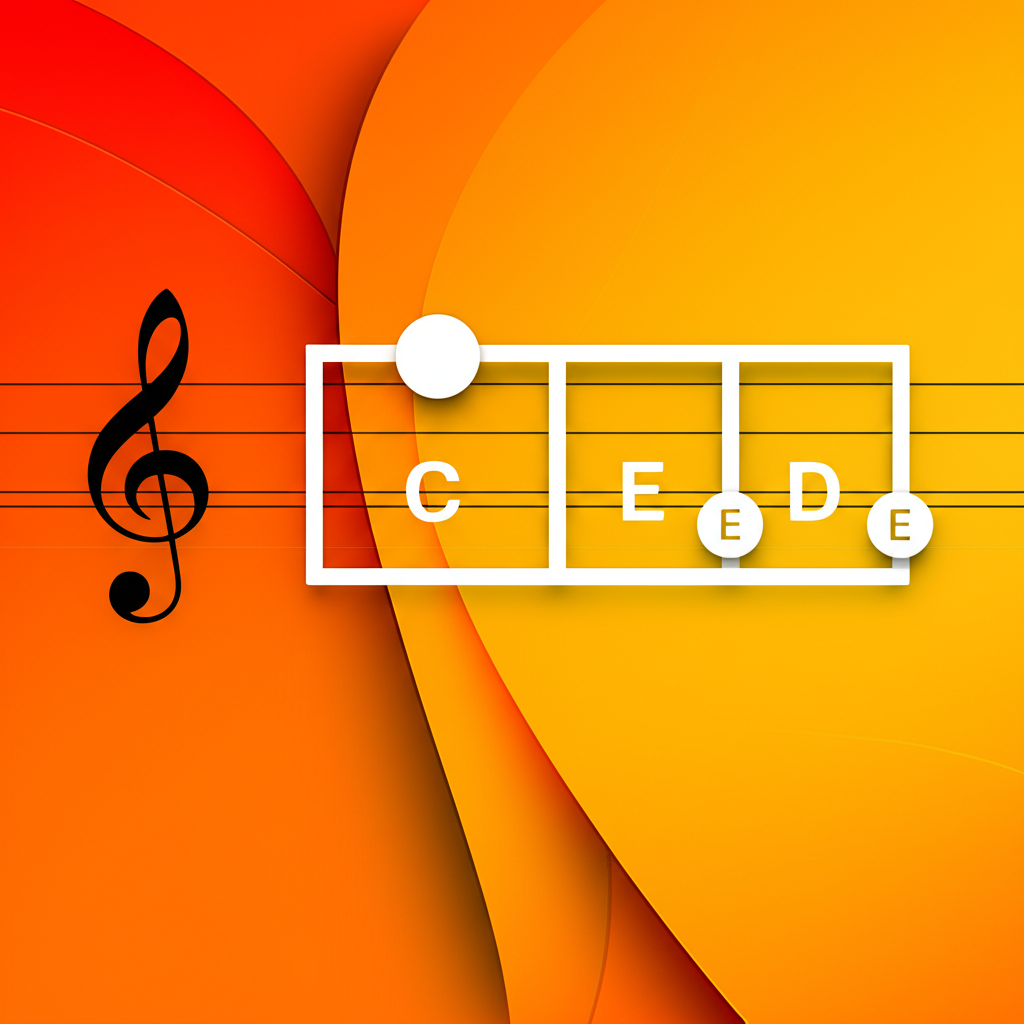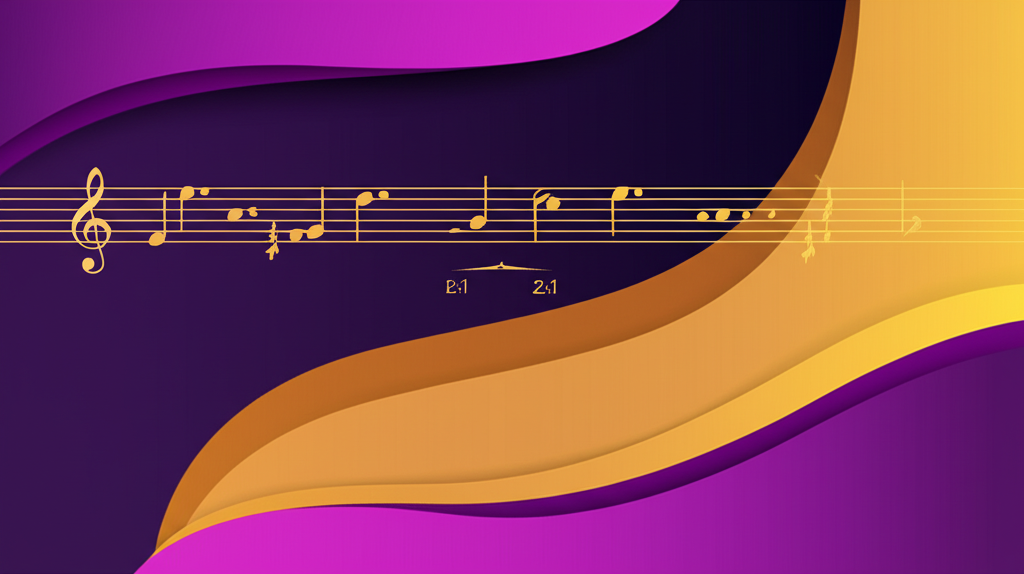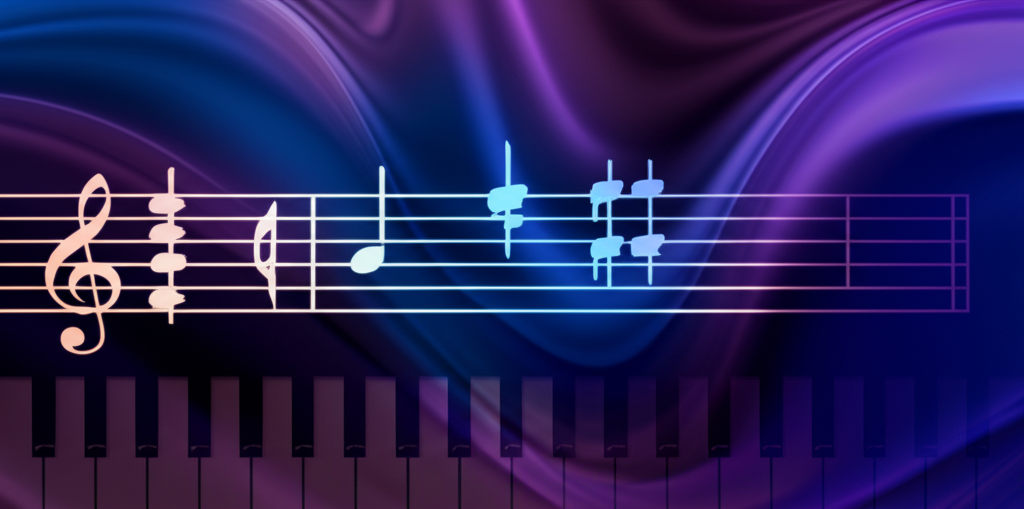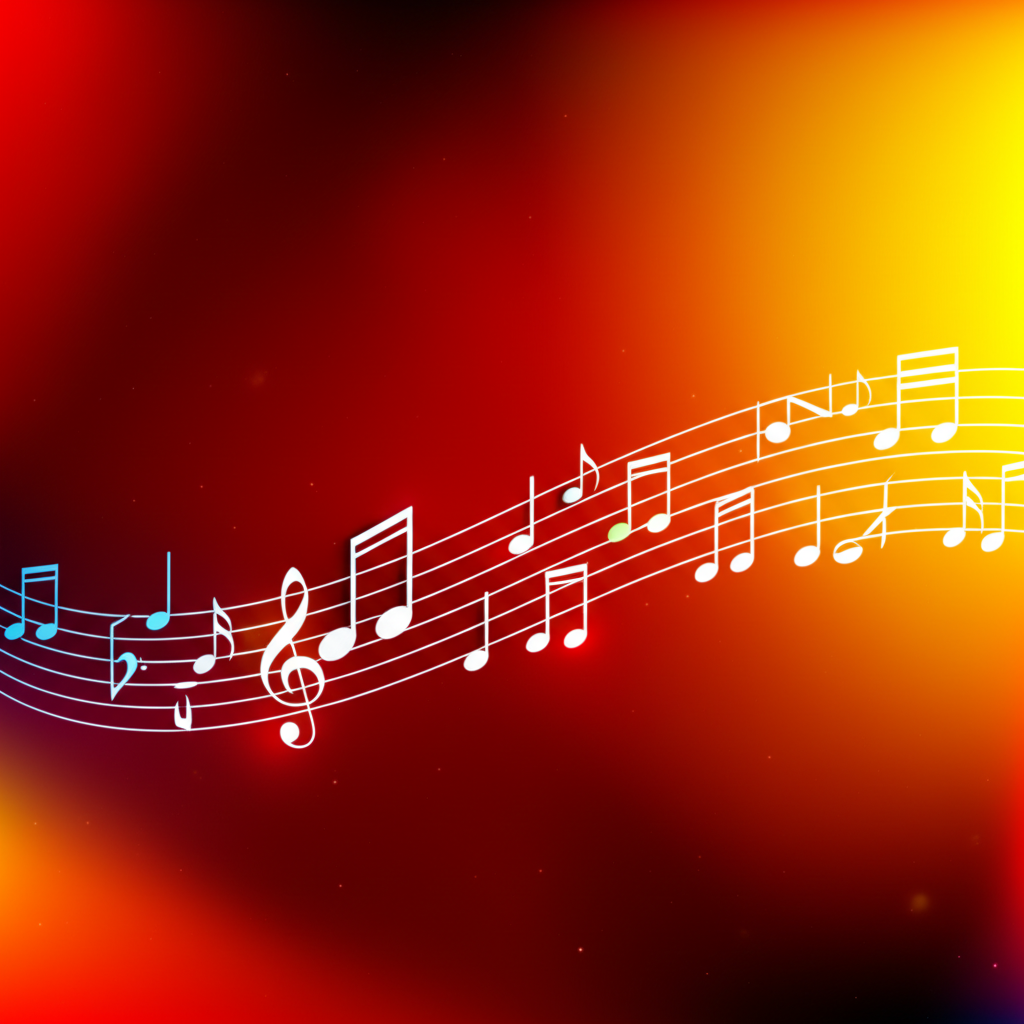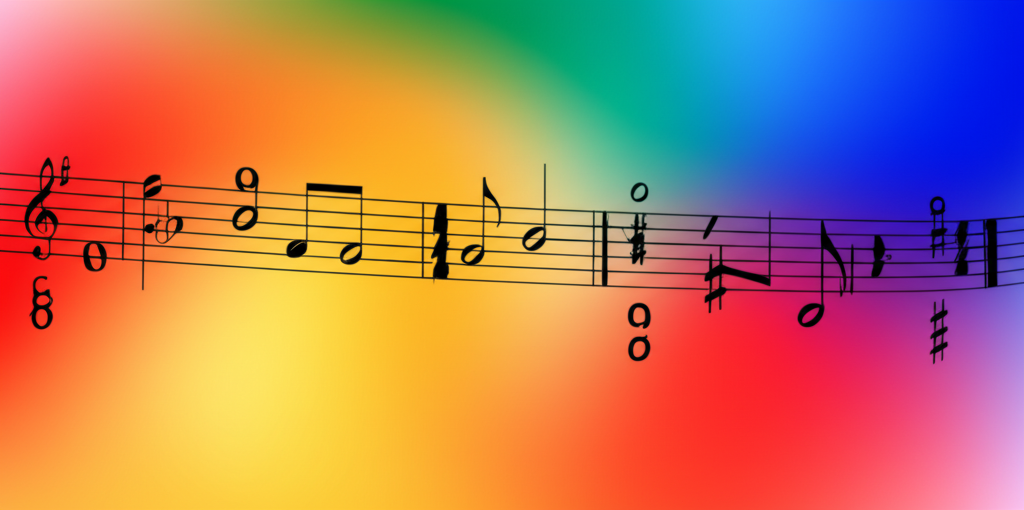
Unlocking the Drama: A Complete Guide to Augmented Sixth Chords

b4n1
June 14, 2025, 7:04 p.m.
Unlocking the Drama: A Complete Guide to Augmented Sixth Chords
Summary:
Dive deep into the world of Augmented Sixth chords, the secret ingredient for musical drama and tension. This comprehensive guide breaks down the three main types—Italian, French, and German—with clear definitions, practical musical examples, and historical context. Whether you're a music student or a curious listener, this article will empower you to understand, recognize, and appreciate one of the most powerful devices in tonal harmony.
Keywords:
Augmented Sixth, Italian Sixth, French Sixth, German Sixth, music theory, harmony, chromaticism, pre-dominant, voice leading, common practice period, Mozart, Beethoven.
Introduction:
Ever listened to a piece of classical music and felt a sudden surge of tension, a moment of intense longing that beautifully resolves? Chances are, you were hearing the powerful effect of an Augmented Sixth chord. These unique and colorful chords are a staple of the harmonic language from the Baroque to the Romantic eras and beyond. They are not just random dissonances; they are precision tools used by composers to build anticipation and guide the listener’s ear towards a powerful climax. In this guide, we'll demystify these dramatic chords, exploring what they are, how they work, and why they are one of the most expressive devices in a composer's toolkit.
Definition and Classification:
An Augmented Sixth chord is a type of chromatic pre-dominant chord, meaning its primary job is to lead to the dominant (V) chord. Its signature sound comes from the interval of an augmented sixth formed between two key notes:
<br/>
<strong>• The lowered sixth scale degree</strong> (♭6 or "Le") in the bass.
<strong>• The raised fourth scale degree</strong> (♯4 or "Fi") in an upper voice.
<br/>
The defining characteristic of this chord is its resolution. The two notes forming the augmented sixth interval expand outward by half step to an octave on the dominant scale degree (5 or "Sol"). So, ♭6 moves down to 5, and ♯4 moves up to 5. This contrary motion creates a powerful sense of arrival at the dominant. There are three main "nationalities" of augmented sixth chords, each with a unique flavor:
<br/>
<strong>• The Italian Sixth (It⁶):</strong> The simplest form, containing three notes: the lowered sixth (♭6), the tonic (1), and the raised fourth (♯4). Think of it as Le, Do, and Fi.
<strong>• The French Sixth (Fr⁴³):</strong> This four-note chord adds the second scale degree (2 or "Re") to the Italian Sixth. It contains ♭6, 1, 2, and ♯4 (Le, Do, Re, Fi). It's notable for containing two tritones, making it especially dissonant.
<strong>• The German Sixth (Ger⁶⁵):</strong> This four-note chord adds the lowered third scale degree (♭3 or "Me") to the Italian Sixth. It contains ♭6, 1, ♭3, and ♯4 (Le, Do, Me, Fi). It is the richest and most common of the three.
Examples:
Example in ABC Notation:
Here are the three types of augmented sixth chords in the key of C minor. Notice how they all resolve to the dominant chord, G major. The German Sixth often resolves first to a cadential tonic 6/4 chord (i⁶⁴) to avoid parallel fifths between the outer voices, a common voice-leading practice.
Practical Applications:
Composers use augmented sixth chords to heighten emotion. You can find them in the most dramatic moments of a piece.
<br/>
<strong>• Ludwig van Beethoven, *Piano Sonata No. 8, "Pathétique"*, Op. 13:</strong> The slow, brooding introduction is filled with chromaticism, and a powerful German sixth chord appears just before the main theme returns, creating immense anticipation.
<strong>• Franz Schubert, *Erlkönig*, D. 328:</strong> Schubert uses a German sixth to set the terrifying words of the Elf King, "Ich liebe dich..." ("I love you..."). The chord adds a sinister and unsettling color to the harmony.
<strong>• Wolfgang Amadeus Mozart, *Requiem in D minor*, K. 626:</strong> In the "Confutatis" movement, Mozart contrasts the harsh, fiery music of the damned with the gentle, pleading music of the saved. Augmented sixth chords help create the harmonic tension and anguish in the lower voices' sections.
<strong>• Film Scores:</strong> Modern film composers like John Williams and Hans Zimmer frequently use the principle of the augmented sixth (tense chromatic chords resolving to a powerful consonance) to score moments of drama, danger, or epic revelation.
Historical Figures:
While its roots can be traced to the late Baroque, the augmented sixth chord truly flourished in the hands of Classical and Romantic masters.
<br/>
<strong>• Domenico Scarlatti (1685-1757):</strong> One of the early pioneers, Scarlatti used chords with the characteristic augmented sixth interval in his keyboard sonatas, often for their spicy, surprising effect.
<strong>• Wolfgang Amadeus Mozart (1756-1791):</strong> Mozart elevated the augmented sixth from a mere effect to a core dramatic tool. He used it with unparalleled elegance and precision to articulate formal structures and deepen emotional expression in his operas, symphonies, and concertos.
<strong>• Ludwig van Beethoven (1770-1827):</strong> Beethoven took Mozart's refined usage and infused it with raw power. For Beethoven, the augmented sixth was a vehicle for harmonic shock, driving his music forward with relentless energy and emotional weight.
<strong>• Richard Wagner (1813-1883):</strong> In the Romantic era, Wagner took chromatic harmony to its limits. He used augmented sixth chords and their enharmonic ambiguities to create his famous "endless melody," delaying resolution for pages at a time to build incredible levels of tension.
Fun Facts:
<strong>• Mistaken Identity:</strong> The German sixth chord (♭6–1–♭3–♯4) is enharmonically identical to a dominant seventh chord. For example, in C minor, the Ger⁶ (A♭–C–E♭–F♯) sounds exactly the same as an A♭7 chord (A♭–C–E♭–G♭). Composers use this "mistaken identity" to pivot smoothly to distant keys.
<strong>• What's in a Name?</strong> The national names (Italian, French, German) are purely pedagogical and were likely coined in the 19th century. They don't indicate that the chord was invented or exclusively used in that country.
<strong>• The Doubled-Up Dominant:</strong> Why does the augmented sixth resolve so satisfyingly to the dominant? Because it's packed with "leading tones"! The ♯4 is the standard leading tone to the dominant (5), and the ♭6 acts as a "downward leading tone" to the dominant. Both voices pull strongly towards the same destination.
Conclusions:
The Augmented Sixth chord is more than just a collection of notes; it's a narrative device. From the simple Italian to the rich German, each variant offers a unique shade of harmonic color, but they all share a common purpose: to build tension and resolve with powerful satisfaction to the dominant. It is the sound of longing, of drama, of suspense. By understanding how this chord is built and how it functions, you gain a deeper appreciation for the craft of composition and the emotional language of music. The next time you listen to a symphony or a film score, keep your ears open. Can you spot the moment where the harmony stretches, preparing for a big arrival? You might just be hearing the magic of an augmented sixth.
References:
Aldwell, E., & Schachter, C. (2018). *Harmony and Voice Leading (5th ed.)*. Cengage Learning.
Harrison, D. (1994). *Harmonic Function in Chromatic Music: A Renewed Dualist Theory and an Account of Its Precedents*. University of Chicago Press.
Tymoczko, D. (2011). *A Geometry of Music: Harmony and Counterpoint in the Extended Common Practice*. Oxford University Press.
